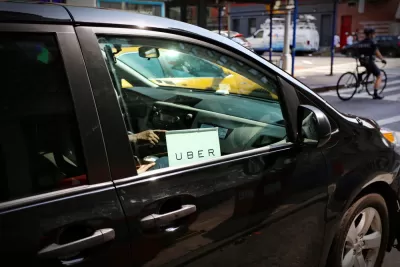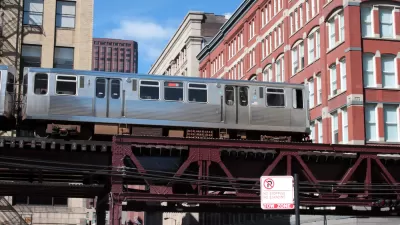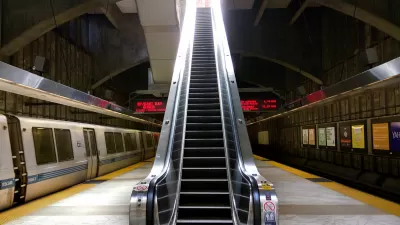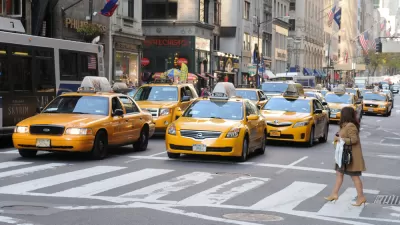Uber and Lyft say they want to improve public transit, but the focus on profit could have serious consequences.

E. Tammy Kim writes about the move by ride-hailing companies into the public transportation sector:
Uber and Lyft have been clear about their intentions. At Uber’s apex of candor, in documents filed with the Securities and Exchange Commission, it identifies a "massive market opportunity" in the estimated 4.4 trillion miles traveled by people on public transit in 175 countries in 2017.
Ride-hailing services can supplement transit and help with the "first mile/last mile problem" of getting riders to and from stations and stops, and the companies see public transit as part of their potential business growth. But the long-term outcomes could pose problems, says Kim.
Uber and Lyft have been seeking out public-private partnerships with transit systems in cities such as Denver. The arrangements have often been advantageous for them because the discounted trips are subsidized by public money and drivers remain independent contractors without public-sector employee protections or benefits.
And the financial motives of Uber and Lyft often do not always align with the goals of transit as a public service. Ride-hailing fares in general are cheaper than they should be, argues Kim, and this siphons off riders from transit while the additional vehicle miles lead to an increase in congestion and pollution.
In addition, notes Kim, Uber and Lyft are not held accountable to the public the way public agencies are. "Nor are they required to serve low-income neighborhoods or cater to the elderly, non-English speakers or people with disabilities."
FULL STORY: How Uber Hopes to Profit From Public Transit

Study: Maui’s Plan to Convert Vacation Rentals to Long-Term Housing Could Cause Nearly $1 Billion Economic Loss
The plan would reduce visitor accommodation by 25,% resulting in 1,900 jobs lost.

North Texas Transit Leaders Tout Benefits of TOD for Growing Region
At a summit focused on transit-oriented development, policymakers discussed how North Texas’ expanded light rail system can serve as a tool for economic growth.

Why Should We Subsidize Public Transportation?
Many public transit agencies face financial stress due to rising costs, declining fare revenue, and declining subsidies. Transit advocates must provide a strong business case for increasing public transit funding.

How to Make US Trains Faster
Changes to boarding platforms and a switch to electric trains could improve U.S. passenger rail service without the added cost of high-speed rail.

Columbia’s Revitalized ‘Loop’ Is a Hub for Local Entrepreneurs
A focus on small businesses is helping a commercial corridor in Columbia, Missouri thrive.

Invasive Insect Threatens Minnesota’s Ash Forests
The Emerald Ash Borer is a rapidly spreading invasive pest threatening Minnesota’s ash trees, and homeowners are encouraged to plant diverse replacement species, avoid moving ash firewood, and monitor for signs of infestation.
Urban Design for Planners 1: Software Tools
This six-course series explores essential urban design concepts using open source software and equips planners with the tools they need to participate fully in the urban design process.
Planning for Universal Design
Learn the tools for implementing Universal Design in planning regulations.
City of Santa Clarita
Ascent Environmental
Institute for Housing and Urban Development Studies (IHS)
City of Grandview
Harvard GSD Executive Education
Toledo-Lucas County Plan Commissions
Salt Lake City
NYU Wagner Graduate School of Public Service





























